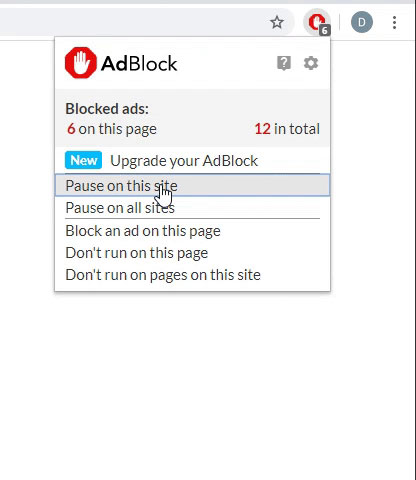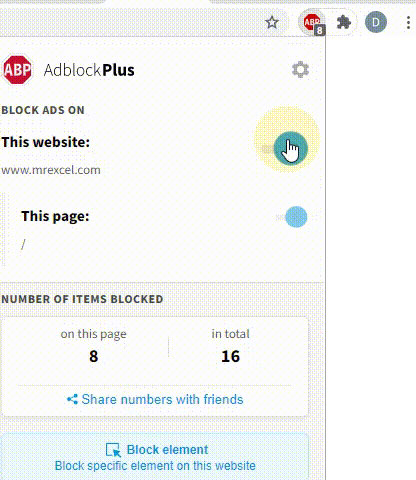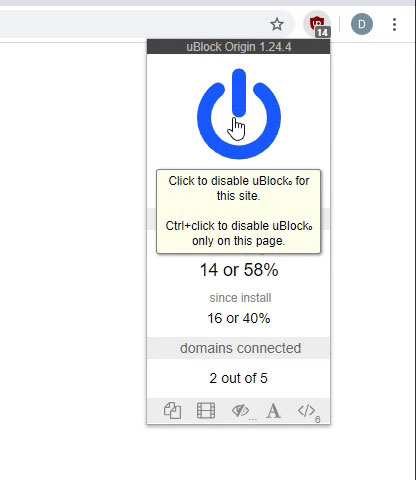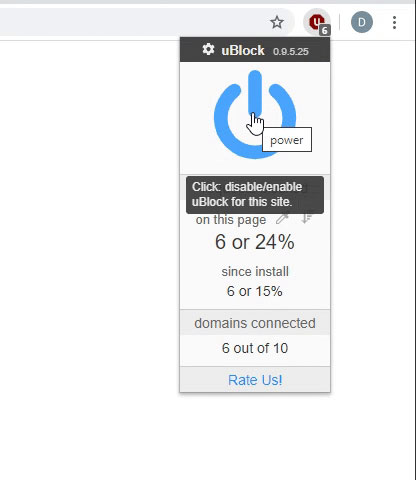Hi there
I want to be able to COUNTIF if a specific date appears in the cells C11:C511 AND if the value in the cells N11:N511 are greater than 0.
I've tried various functions but can't seem to get the desired result.
Can anyone help me?
Thanks,
Liam
I want to be able to COUNTIF if a specific date appears in the cells C11:C511 AND if the value in the cells N11:N511 are greater than 0.
I've tried various functions but can't seem to get the desired result.
Can anyone help me?
Thanks,
Liam





